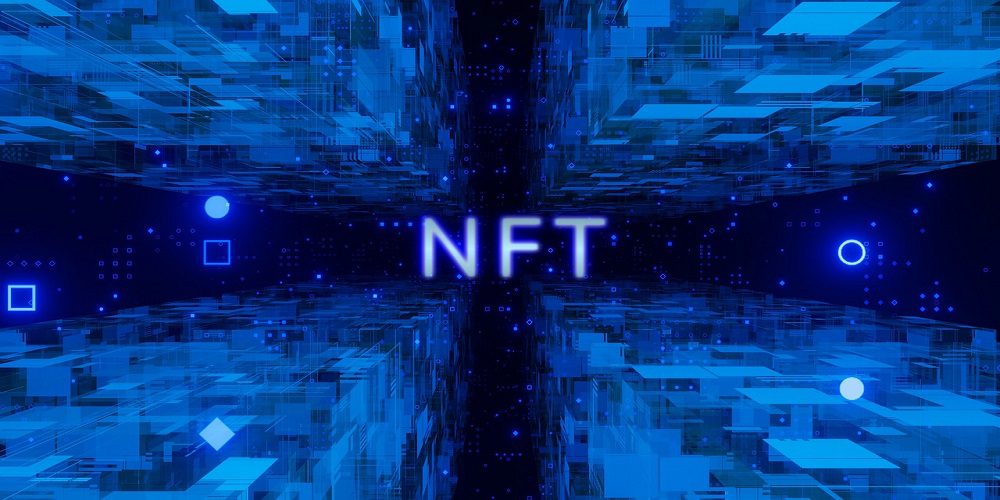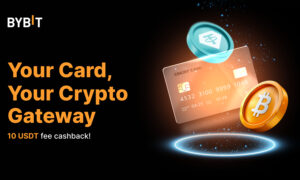Introduction
In the ever-evolving landscape of the digital world, new opportunities and trends emerge, reshaping the way we perceive and interact with assets. One such groundbreaking development is the integration of non-fungible tokens (NFTs) into the domain name market. This article aims to delve into the benefits and drawbacks of selling a domain name as an NFT, offering insights to both seasoned investors and those new to the realm of blockchain technology.
Benefits:
1. Blockchain Security and Transparency:
Immutable Records: NFTs operate on blockchain technology, creating an unalterable and transparent record of ownership. Once a domain name is tokenized, the transaction history, ownership details, and other relevant information are securely stored on the blockchain. This eliminates the risk of fraudulent activities and ensures the integrity of the asset’s provenance.
Decentralization: The decentralized nature of blockchain means that there is no single point of control or failure. This reduces the vulnerability to hacking or unauthorized access, providing a high level of security for both buyers and sellers participating in NFT transactions.
2. Ownership and authenticity:
Certifiable Ownership: NFTs serve as digital certificates of ownership, proving that the seller is the legitimate owner of the domain name. This feature is particularly valuable in the digital realm, where establishing ownership and authenticity can be challenging without a centralized authority.
Immutable Smart Contracts: Smart contracts associated with NFTs enforce ownership rights automatically. Once the conditions specified in the smart contract are met (e.g., payment received), ownership is transferred seamlessly, reducing the need for intermediaries and minimizing the risk of disputes.
3. Global Market Access:
Borderless Transactions: By leveraging blockchain technology, sellers can transcend geographical boundaries and tap into a global marketplace. NFT marketplaces operate on a decentralized network, allowing potential buyers from any part of the world to discover and engage with domain names, expanding their reach beyond traditional markets.
Diverse Buyer Pool: The global accessibility of NFT marketplaces introduces sellers to a diverse pool of potential buyers. This diversity can lead to increased competition and potentially higher valuations for domain names as they attract interest from different industries, regions, and investor profiles.
4. Smart Contracts:
Efficiency and Automation: Smart contracts enable automated and self-executing transactions, eliminating the need for intermediaries and reducing the risk of errors. This efficiency streamlines the sales process, making it faster and more cost-effective for both parties involved.
Customizable Terms: Sellers can tailor smart contracts to include specific terms and conditions, such as royalties for future resales. This level of customization provides flexibility and control over the ongoing use and monetization of the domain name, even after the initial sale.
5. Liquidity and Fractional Ownership:
Unlocking Value: NFTs unlock liquidity for traditionally illiquid assets like domain names. Sellers can convert their domain into divisible and tradeable tokens, allowing them to unlock value and tap into a broader investor base.
Diverse Investment Opportunities: Fractional ownership enables a broader range of investors to participate in the domain market. Even individuals with limited capital can invest in a fraction of a valuable domain, democratizing access to high-value assets and contributing to a more inclusive marketplace.
Drawbacks
1. Market Volatility:
The cryptocurrency and NFT markets are known for their volatility. The value of NFTs, including domain names, can fluctuate significantly, leading to potential financial risks for both buyers and sellers. It’s crucial for participants to be aware of market trends and exercise caution.
2. Environmental Concerns:
The environmental impact of blockchain technology, specifically proof-of-work (PoW) consensus algorithms, has raised concerns. NFT transactions often require extensive computational power, contributing to a significant carbon footprint. As a seller, being associated with environmentally unfriendly practices may impact your brand image.
3. Limited Recognition:
Despite the growing popularity of NFTs, not everyone is familiar with or trusts blockchain technology. Some potential buyers may be hesitant to engage in transactions involving NFTs, leading to a narrower pool of interested parties compared to traditional domain sales.
4. Intellectual Property and Legal Challenges:
The intersection of NFTs and intellectual property rights can be complex. Selling a domain name as an NFT may raise legal challenges, particularly if the domain name is associated with trademarked or copyrighted content. Navigating these legal considerations requires careful diligence and legal expertise.
5. Market saturation and hype:
The NFT market has experienced rapid growth, attracting both genuine interest and speculative behavior. Sellers may face challenges in standing out amid a crowded marketplace, and buyers may struggle to differentiate valuable assets from those driven by hype. Navigating this landscape requires strategic positioning and thorough market research.
Conclusion
In the ever-evolving digital ecosystem, the decision to sell a domain name as an NFT comes with a unique set of benefits and drawbacks. Blockchain technology provides enhanced security, transparency, and global market access, while potential drawbacks include market volatility, environmental concerns, limited recognition, legal challenges, and the risk of market saturation.
Before venturing into the NFT domain market, it’s crucial for sellers to conduct thorough research, understand the legal implications, and assess their risk tolerance. While the NFT space holds immense potential, careful consideration of the evolving landscape is essential for making informed decisions that align with both short-term objectives and long-term sustainability.



































